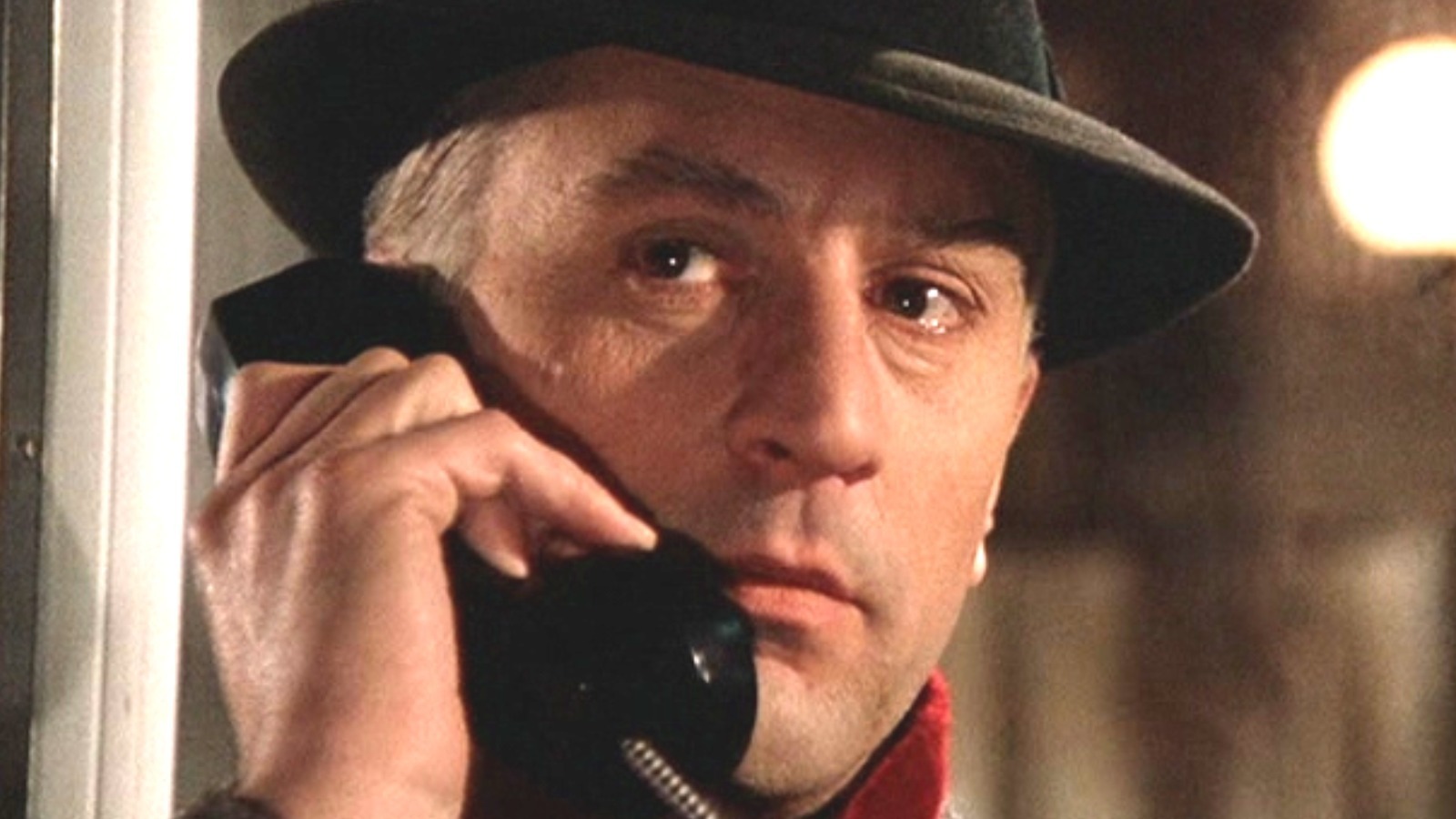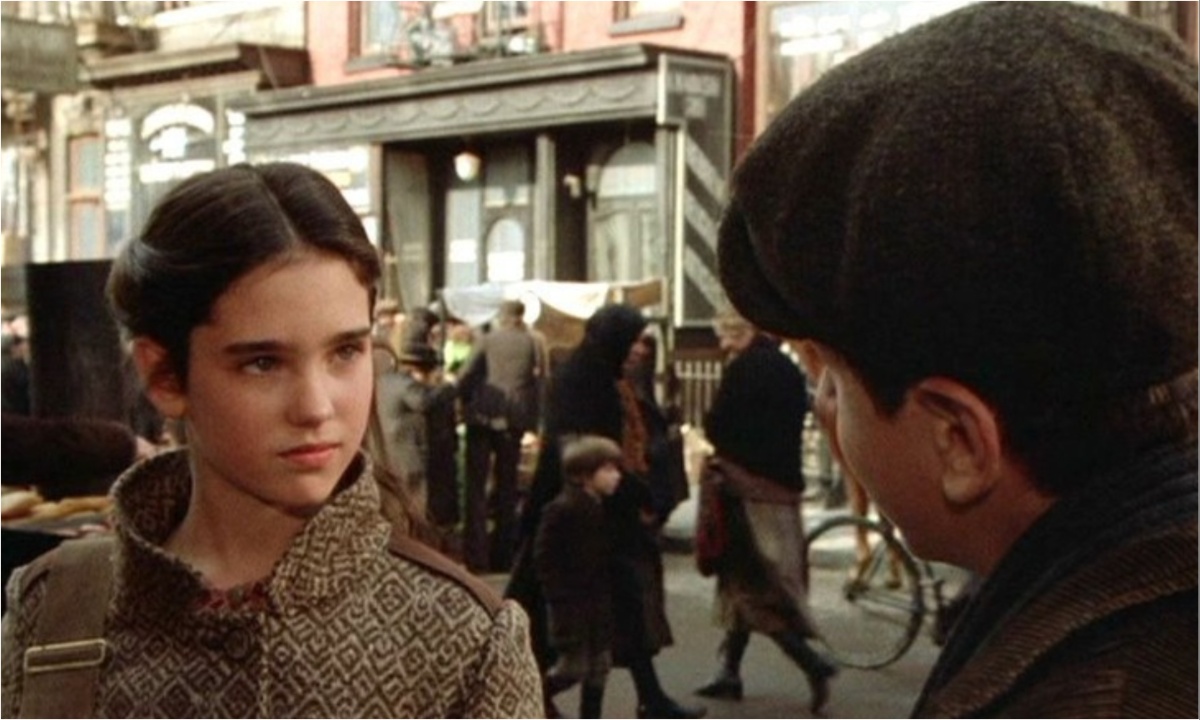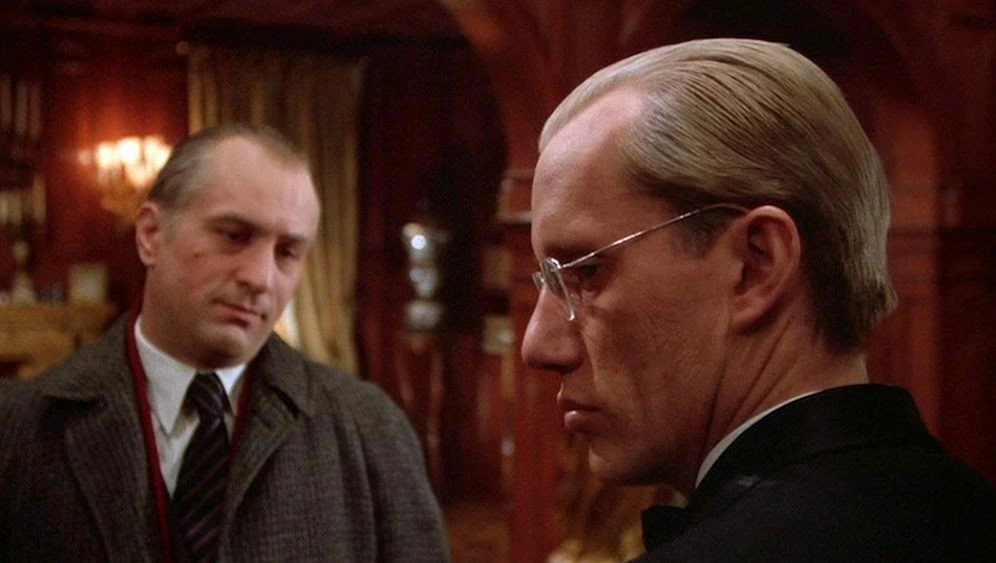Sergio Leone, known for redefining the Western genre with iconic films like A Fistful of Dollars and The Good, the Bad, and the Ugly, achieved new heights with his 1984 masterpiece, Once Upon a Time in America. Unlike his sprawling Westerns, which celebrated the vastness of space, this gangster epic delves into the dimensions of time, exploring the lives of its characters across three eras—1918, the 1930s, and 1968.
The film intricately weaves themes of friendship, betrayal, and the corruption of the American Dream, all through the lens of immigrant gangsters in New York. Despite its ambition, the film initially met with harsh criticism in the United States, where studio-imposed cuts butchered Leone’s vision, resulting in a disjointed, shorter version that baffled audiences.
At its core, Once Upon a Time in America is a haunting portrayal of shattered dreams and moral ambiguity. Following the life of David “Noodles” Aaronson, portrayed by Robert De Niro, the story unfolds through a nonlinear narrative. Beginning with Noodles’ early years as a petty criminal alongside his friend Max, the film follows their rise to prominence during Prohibition.
However, their empire crumbled after the repeal of Prohibition, culminating in betrayals, personal losses, and violent consequences. By 1968, Noodles is a shadow of his former self, living in exile until he is drawn back into the web of his past when he learns shocking truths about Max’s survival and transformation.

The Dual Mysteries of the Ending
The film’s conclusion presents viewers with two intertwined mysteries, both revolving around Max. After Noodles declines to kill him, Max vanishes suddenly, with a garbage truck passing by at the same moment, its spinning blades hinting at a grim possibility. This ambiguity invites several interpretations: Did Max arrange his own death, fall victim to an assassination, or simply flee?
Adding to the uncertainty, Leone filmed the pivotal scene using a stand-in for actor James Woods, heightening the sense of uncertainty. The unresolved nature of Max’s fate underscores Leone’s intent to provoke thought, leaving it to the audience to draw their conclusions.
Another layer of mystery lies in the film’s final moments, where Noodles, in the 1930s timeline, is shown smiling blissfully in an opium den. This scene has spurred theories that the entire narrative following this point is a drug-induced fantasy.
Some interpretations suggest that Noodles, upon realizing Max’s manipulations, concocts a scenario where he reclaims power over his former friend. Others propose that the film is Noodles’ unconscious way of grappling with guilt, imagining a world where Max survives but ultimately seeks redemption. These theories underline the film’s thematic complexity, blurring the line between reality and illusion.

A Victim of Studio Cuts and Rediscovery
The film’s initial failure in the United States was largely due to the heavily edited version released there, which omitted crucial storylines and disrupted Leone’s nonlinear narrative.
Audiences were left confused, and critics derided the film for its incoherence. Meanwhile, international audiences who viewed the four-hour version appreciated its intricate storytelling and thematic depth. Over time, Once Upon a Time in America has been re-evaluated, with many now considering it a cinematic masterpiece that rivals Leone’s earlier works.
Once Upon a Time in America remains a landmark achievement in Leone’s career, delving deeply into themes of time, memory, and human vulnerability. Its intricate storytelling unpacks the costs of ambition and the delicate nature of relationships, all within the framework of the American Dream.
The film’s open-ended conclusion and multi-dimensional characters continue to inspire discussion and analysis, cementing its reputation as one of the most thought-provoking and enduring films of the 20th century. Today, it is lauded not just as a gangster saga, but as a profound reflection on the passage of time and the lingering impact of unrealized aspirations.



